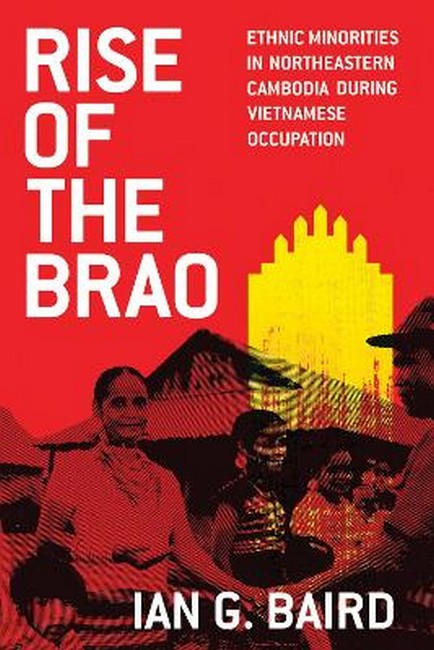Ian G. Baird is an associate professor in the department of geography at the University of Wisconsin-Madison. He is the author of Dipterocarpus Wood Resin Tenure, Management and Trade: Practices of the Brao in Northeast Cambodia and the coauthor of People, Livelihoods, and Development in the Xekong River Basin, Laos.
Request Academic Copy
Please copy the ISBN for submitting review copy form
Description
Preface vii Acknowledgments xi List of Abbreviations xiii Glossary xv Introduction: The Golden Age of the Brao of Northeastern Cambodia 3 PART 1 1 The Brao and Their Early Involvement in the Khmer Rouge 25 2 Brao Discontent with the Khmer Rouge and Their Exodus from Cambodia to Vietnam and Laos 63 3 The Deterioration of Vietnam-Cambodia Relations, Preparations in Vietnam, and the Attack on the Khmer Rouge 94 PART 2 4 Organizing Post-Khmer Rouge Northeastern Cambodia and the Rise of the Brao 145 5 The Development of Northeastern Cambodia, 1979 to 1989 171 6 The Security and Military Circumstances in Northeastern Cambodia, 1979 to 1989 202 7 Experiences with People from Vietnam, Laos, and Eastern Europe, 1979 to 1989 233 PART 3 8 Transitions in Northeastern Cambodia in the Late 1980s and Early 1990s 265 Conclusion: Lessons from the 1980s 281 Appendix: Prominent People 291 Notes 305 References 333 Index 351
"A fine-grained regional history of the Northeastern provinces of Cambodia, in particular Ratanakiri, during the Khmer Rouge and People's Republic of Kampuchea periods. The book will contribute to a better understanding of the history of Cambodia and the region, and especially the varying and diverse roles of ethnic minorities within larger historical frameworks."--Oscar Salemink, University of Copenhagen "A seminal contribution to personal, professional, community, and academic library Southeast Asian Political History collections."--Midwest Book Review "A gripping account. . . . Books like Rise of the Brao do not come along all that often. It is unique in the level of detail and insight it provides into a long-overlooked dimension of one of the twentieth century's most significant conflicts. It raises important questions about the roles played by the region's ethnic minorities in these struggles. And it answers many of those questions in detail through a fine-grained account made possible by years of painstaking research."--The Journal of Asian Studies

